Before they can grow into new plants, seeds need to leave the seed pod. If all the seeds a plant produced landed just underneath the parent plant, they would be too crowded, and the established large plant might not leave them enough light or water for them all to develop properly. When you plant seeds too thickly in a pot, you can see that they grow tall and leggy, and each plant is weak and spindly. The various methods of seed dispersal are designed to ensure that as many seeds as possible have a good chance of growing up to produce seeds of their own.
Sometimes, the pod or fruit containing the seeds is carried away from the parent plant; sometimes, individual seeds are spread to a new location. The size and shape of the seedpod or the seeds influences how they are dispersed. The main methods plants use to disperse their seeds to places with better growing conditions than directly under the parent plant include gravity, animals, force, wind and water. Often, a plant will spread its seeds by a combination of these methods. For instance, a fruit falling to the ground by gravity might then be carried away by animals, or a seed blown by the wind might land in water and be transported somewhere else before germinating.
On some plants native to Australia and South Africa, the seedpods may need the heat of the natural bush fires occurring in these areas to open and release their seeds, which are then dispersed by other means.
For more information and examples of different methods of seed dispersal, click the appropriate picture below:
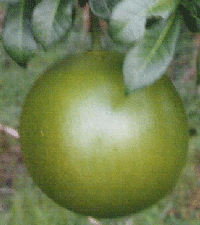 |
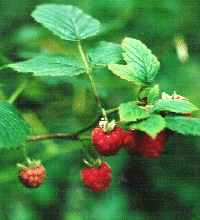 |
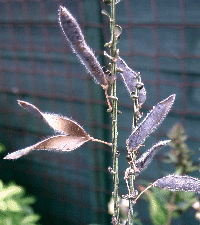 |
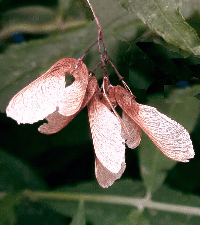 |
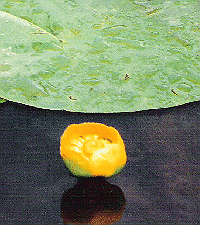 |